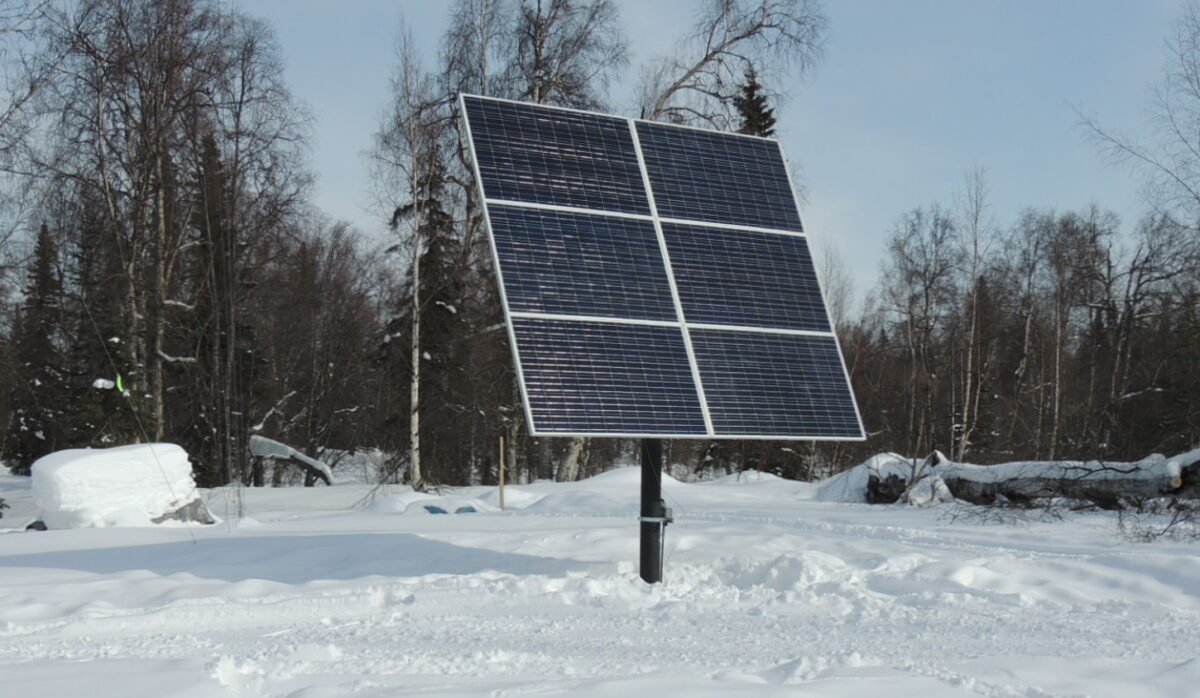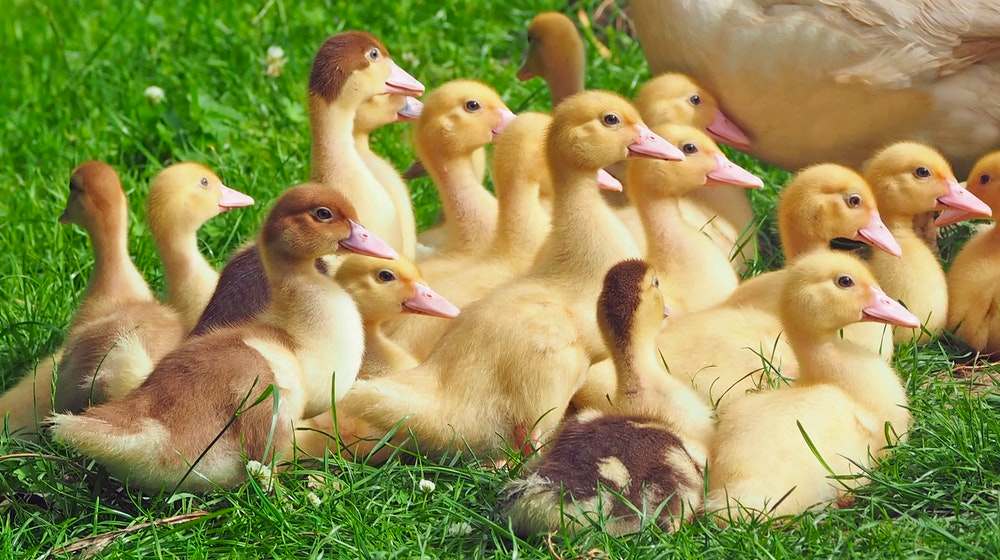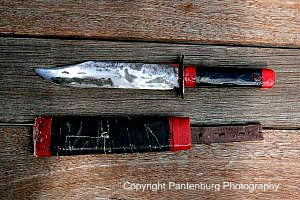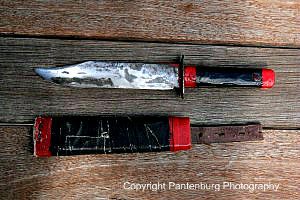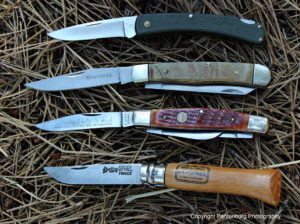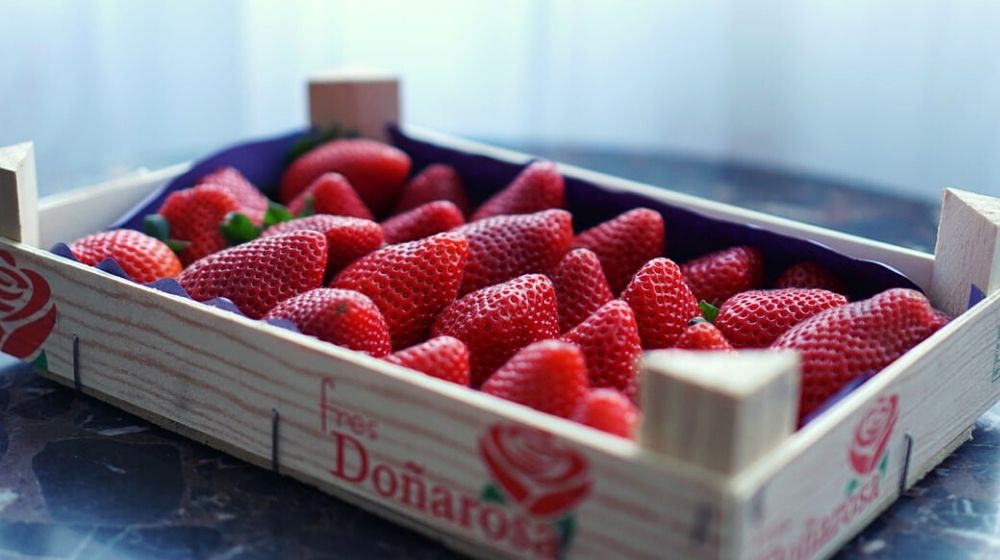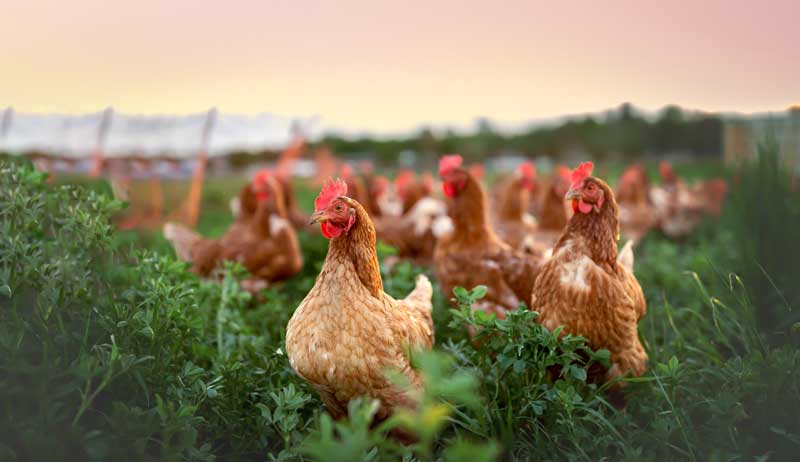The rapid spread of Generative AI has recently entered a new front: censorship. An Iowa school administrator turned to ChatGPT to assist her in complying with the state’s recent legislative mandate to ban books with descriptions of sexual acts. The administrator had ChatGPT assess 50 commonly assigned books to see whether they described a sex act. Based on the results generated by ChatGPT, 19 of those books were removed from student access.
This is just the latest example of how generative AI and its boosters can facilitate dangerous public policy, reinforcing the faulty belief that complex work requiring personal judgment—assessing context, propriety, artistic merit, and more—can be accurately performed by an algorithm. In this context, ChatGPT provides a handy list of books to ban while removing the workload and accountability from humans. And if those lists are incorrect, what are the community and authors harmed going to do—argue with a computer?
Book banning, of course, is a problem that predates and extends well beyond bans based on automated or artificial intelligence input. In the counter-reformation era, the Roman Catholic Church attempted to halt unauthorized reading so people received information solely from priests and were less likely to interpret text themselves. In the 1930s, the Nazi party burned countless works by Jewish, communist, and other authors. Historically, books were banned in an attempt to keep the public uninformed so they wouldn’t question existing religious or political structures.
Nowadays, books are banned for… well, pretty much the same reason. Under the guise of protecting children from “harmful” or “offensive” material, schools and libraries are choosing or being forced to remove books with material that is deemed dangerous. The criteria for what makes information “dangerous” vary. Iowa is far from the only state banning books recently—school districts in Texas, Florida, Utah, Missouri, South Carolina, and many more have introduced bans this year as well. Often these policies effectively remove minority voices or block access to challenging ideas. Frequent targets of bans include content addressing sexuality (often including the existence of gay, lesbian, transgender, or non-binary characters), violence (often including racial violence), or profanity.
The forces behind these bans seem to believe that children (and sometimes adults) should be prevented from interacting with uncomfortable or new ideas entirely rather than having the opportunity to engage with or question the material. The unfortunate result will be fewer adults who have encountered difficult issues and unfamiliar perspectives in a safe setting where they are able to discuss and explore—and therefore fewer adults equipped to engage with these issues and perspectives in the real world. Book banning is censorship. It is antithetical to the concept of free speech, it infantilizes the people it claims to protect, and it denies them the opportunity to think critically about the banned content. It does not keep weighty issues or differing perspectives from existing in the real world, it merely silences those attempting to engage with and educate others. It violates individual privacy and autonomy,…

